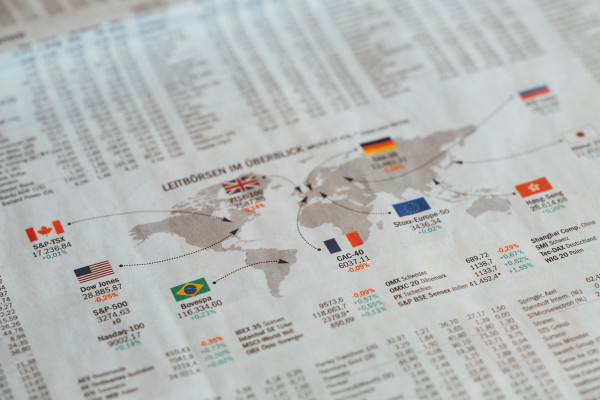One outcome of this, favoured by the fund manager Nick Train among others, is that, by having to spend less on transport, consumers will have more disposable income. For example, if they save £10 on petrol from the weekly hop, this could be spent on buying a more expensive item from the supermarket. This is one of the reasons why Mr Train owns shares in consumer goods companies.
Shamik Dhar, chief economist at BNY Mellon investment management is more sceptical about the potential upside from disruption leading to positive changes for consumer focused equities.
He believes the impact of ageing populations and of the the third D, debt, will mean that the trend rate of growth gets gradually lower, keeping inflation lower forever, a phenomenon known as secular stagnation.

Our base case is that the world is headed for secular stagnation
Shamik Dhar, BNY MellonHigh debt levels are deflationary as it means people must deploy cash that would otherwise have been spent on goods and services to interest payments, while those already highly indebted will not be able to borrow more, curtailing their future spending plans.
A major trend in the global economy over recent decades has been that a greater share of global GDP has moved to the emerging economics, where savings rates are generally high, and away from developed markets, where spending levels are generally high.
This creates long-term disinflation in the world.
Mr Dhar says: “Whatever about the short-term picture, the long-term factors are dominant around the world. It is possible that the UK and US will have slightly higher inflation as they are more likely to attract migrants than are Europe and Japan. But our base case is that the world is headed for secular stagnation.”
The QE conundrum
When policymakers launched the suite of policies known as quantitative easing in response to the global financial crisis, they were to a large extent launching an economic experiment.
But of one thing policymakers were quite certain, that is, that inflation would rise.
This was based on a theory by the French economist Jean-Baptiste Say, which holds that supply creates its own demand, this is known as Say's law.
QE increases the supply of money by cutting interest rates and making credit available to banks. But while supply rose, demand for money did not to anything like the same extent.











